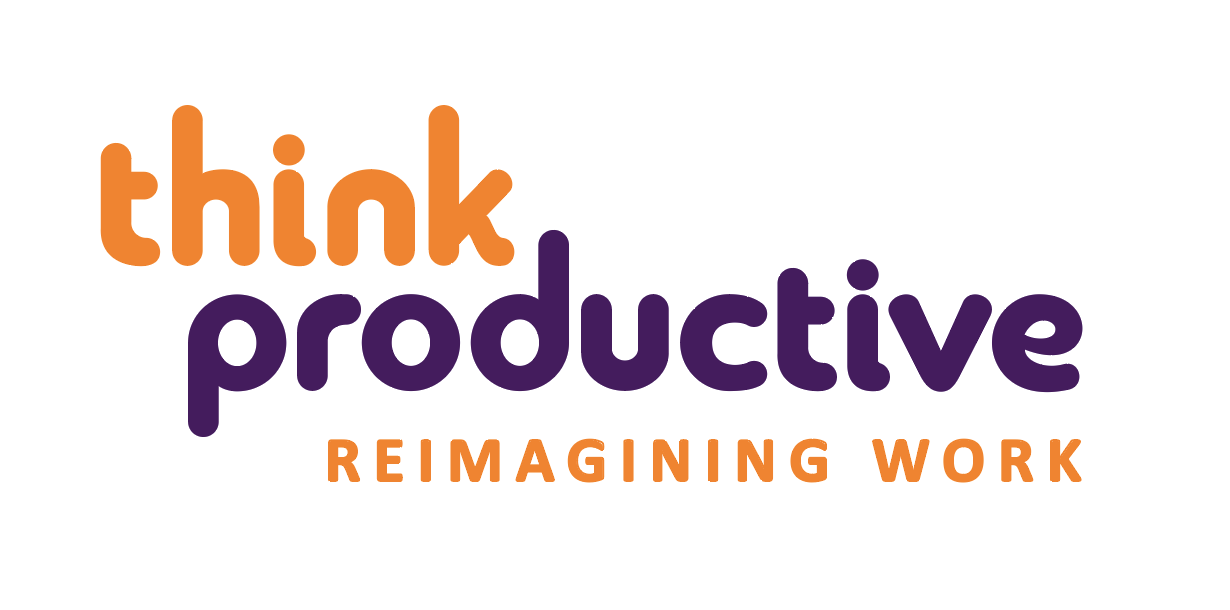One of the aims of my year of productivity experiments is to play with and experience extremities. Working an hour a day has certainly been pretty extreme.
It’s also only possible right now because we have such a great team handling much of the day-to-day operations of the business – doing this three or four years ago, in the midst of trying to launch and grow a new business, or even this time last year, writing and editing and project-managing the launch of “How to be a Productivity Ninja“, working an hour a day would have been impossible.

So two reflections on doing this, a couple of weeks before the 4th birthday of Think Productive UK: I’m really proud of how much momentum the organisation has without me. I’m still a bottleneck and people still look to me for guidance or decisions on certain things, but actually not that much. I’ve been in this position before when I’ve worked in organisations and created lots of “self-sufficiency”, but this is the first time I’ve created something completely from scratch and got it to this stage, which is great. I’m proud of it.
The second reflection is about the practicality of working 60 minutes a day. It’s not enough. But it’s closer to “enough” than you might think.
Most of my 60 days have broken down broadly as follows:
- 25 minutes – catching up with the team via emails or ‘daily huddle’
- 25 minutes – conversations or emails about particular issues, usually providing guidance, decision.
- 10 minutes – realising how much stuff I proactively need to create, and how little time I have to do this.
The truth is, an hour has been fine to cover “maintenance“. It’s been fine to keep myself just about in the game. Granted, my @action folder on email is currently standing at 63 (I usually keep mine at 20 or below, so this feels a bit out of control) but I know that some of this number is duplicates or completed issues that I haven’t had time to delete or file away. But in general terms, one hour a day just about keeps my head above water.
What’s missing this month is creation. One hour is never long enough to get beyond the maintenance. Yet the idea of having six hours a day for creation feels like such a luxury. What the hell was I doing with all that time? If I had THREE hours a day for creation – or even just two hours – would that be enough? Maybe.
So one thing I’m going to play around with in the future as a result of this month’s experiment is dividing my work into maintenance and creation. It’s possible that at certain times in the life and development of an organisation, or in the cycle of a year, that creation might need forty hours a week, whereas at other times it might be a lot less.
Parkinson’s Law states that work expands to fill the time available and having a set routine of 37 or 40 hours a week means we accept this as our bucket and work out how much we can fill it with – we never ask ourselves whether we need such a big bucket to carry what really matters.
Why doesn’t the annual schedule reflect that February and March are demanding, whereas December and August are not? Why are so many workers and managers detached from evaluating and measuring the value they create, instead focussing on what they can fit into an artificial block of time?
We work 37 or 40 hours a week primarily based on habits and cycles that became the norm through Fordism. Yet given how few of us have work that follows that repetitive factory pattern, perhaps it’s time to start measuring what we create, not the hours we work.
3 hours a day (Monday to Friday) as a working pattern could actually be sustainable and doable. But only if we’re daring enough to start measuring what matters, as opposed to measuring how we spend our time, or how we spend our payroll. As technological change continues to build more and more transparency and flexibility into how we set up and manage work, jobs and working relationships, this might not be as daring or difficult as it currently seems.
Change your working patterns: book one of our in-house Time Management workshops
Get Happy in 60 Minutes – Lifehacker


